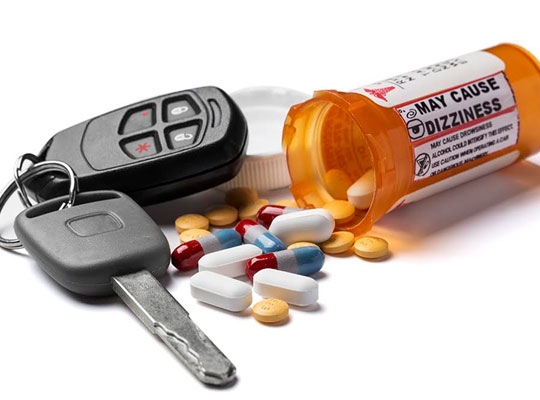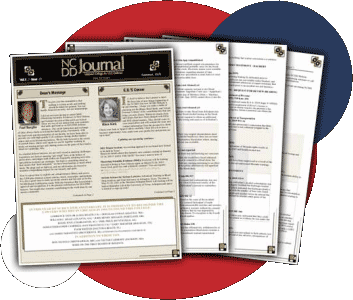DUI and Drugs

Many people erroneously assume that one can only be arrested for a DUI/DWI if suspected of alcohol impairment. One can also be arrested on suspicion of driving under the influence of medication (prescribed or not), marijuana (even if legal in your state), or any other drug use. An arrest for DUI with drugs is commonly referred to as DUID. Law enforcement training is now focused on efforts to try and detect drug impairment in motorists, which is no easy task.
The drug evaluation training received by officers is either Drug Recognition Evaluation (DRE) and/or Advanced Roadside Impairment Driver Evaluation (ARIDE). Police officers utilize screening tools known as standardized field sobriety tests (SFSTs) which were designed and evaluated for the detection of alcohol impairment. There is no scientific validity for these SFST's for drug impairment detection because they were never evaluated for it.
Unfortunately, many non-impaired drivers get caught in the web of these police tools solely because they took their prescription medication but were not impaired by it. DRE and ARIDE evaluations are fraught with many problems. First, police officers do not have the medical training or qualifications to medically rule out or distinguish a medical condition that can mimic impairment. Secondly, the design of DRE and ARIDE evaluations have an inherent confirmation bias, i.e., any clue observed by an officer is automatically counted as a clue of impairment from medication or drugs. Confirmation bias is a tendency to search for and interpret information in a way that confirms one's preexisting beliefs or hypothesis while ignoring or discounting information that casts doubt on the belief. One recognized expert has testified in court that "If the DRE is allowed to testify to a reasonable degree of a police officer's certainty that based on this [DRE] matrix the person is intoxicated, the Court will be receiving inaccurate and false evidence and will be convicting the wrong people."
To learn more about law enforcement training for detecting drug impaired drivers, and to see the NHTSA ARIDE and DRE Manuals, visit our Virtual Forensic Library right here.
Other problems with an officer making a determination of impairment is that there is a major scientific difference between alcohol and drug interactions on the human body. The relationship between taking a drug and displaying signs of impairment is much more variable than the relationship between consuming alcohol and displaying signs of impairment. The Journal of American Medicine concluded that physical signs and symptoms are not specific to the effects produced by drugs like they are for alcohol.
Visit our Virtual Library to see this study and many more related to Drug Impaired DUIs.
According to the DRE manual, medical conditions such as stroke, head trauma, shock, conjunctivitis, neurological conditions, psychiatric conditions, infections, endocrine disorders, epilepsy, multiple sclerosis, diabetes, and others produce effects that mimic drug impairment. People can be therapeutically dosed with a lawful prescription that is not causing impairment, yet an officer cannot distinguish due to the lack of medical training. Further, the DRE manual does not address the concept that certain indicators may only show the "presence of the drug--and not intoxicating levels causing behavioral impairment."
Visit our Virtual Library for the most recent version of the NHTSA DRE Manual.
The legalization of recreational and medical marijuana have highlighted the problem of scientifically detecting drug impaired drivers. Many states have set an arbitrary THC limit of 5ng/ml in a suspect's blood for per se impairment. This per se limit, however, is "not based upon scientific evidence" according to the 2017 National Highway Traffic Safety Administration report.
The same is also true of per se limits for medication and other drugs. According to the DRE manual, it is not possible to relate concentration to 'impairment' with any degree of reliability. The world's most renowned alcohol researcher, Dr. A.W. Jones, has concluded the traditional effect-based or impairment based DUID laws are ineffective due to tolerance. Compounding the problem is that studies attempting to validate the DRE practice have also concluded that the relationship between blood drug concentrations has not been established. for drugs. Simply put, the mere presence of a drug or drugs in a suspect's blood or urine does not establish driving impairment.
If you have been arrested for DUID, consult with an NCDD attorney to challenge drug recognition evaluation evidence used against you by law enforcement.




